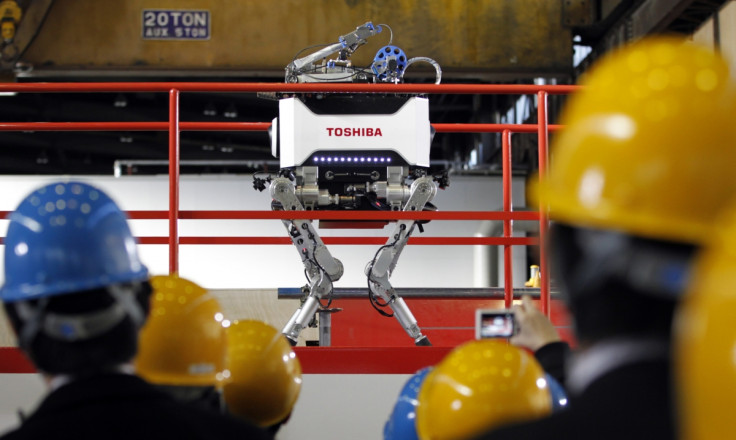Fukushima disaster: Robots sent in to fix nuclear reactors have 'died' say owners Tepco

Exactly five years after the Fukushima nuclear power station disaster, robots sent into the radioactive site to repair reactors are "dying." Tokyo Electric Power Co (Tepco), which owns the power station and is responsible for decommissioning the site, says that as soon as the specially-built robots get close to the damaged reactors, the radiation destroys their circuitry.
A total of 19,000 people died or are still missing following the 9.0 magnitude earthquake and huge tsunami which struck the east coast of Japan on 11 March 2011. A 10-metre tsunami overwhelmed the defensive walls of Fukushima, badly damaging several of the reactors. An area 20 km (12 miles) in radius had to be evacuated following the radiation leak and thousands are still unable to return home. It is estimated that the clear-up of the site could take 30-40 years, with the final costs - both physical and financial - still unknown.

Although Tepco has reported some successes - such as removing hundreds of damaged fuel rods from one of the four reactors - three buildings are so dangerous and damaged that the technology to locate rods inside has not even been developed. Meanwhile tanks of radioactive water extracted from the site are now accumulating: there are now nearly a million tonnes of contaminated water at the site and no-one knows what to do with it. Pleas with local fishermen to allow the water to be released into the sea have been refused.
"It is extremely difficult to access the inside of the nuclear plant," said Tepco's head of decommissioning Naohiro Masuda. "The biggest obstacle is the radiation."
Robots are being used because the high levels of radiation in parts of the plant are too dangerous for humans. However the building is so hazardous - with flooded tunnels filled with obstacles - each robot has to be designed from scratch. The robots are designed to "swim" through the dark tunnels, searching for fuel rods - a painstakingly slow process. "It takes two years to develop a single-function robot," said Masuda.
© Copyright IBTimes 2025. All rights reserved.






















